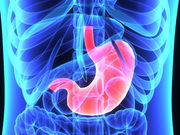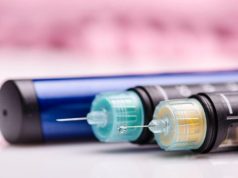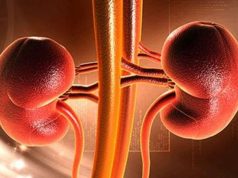More potent glycemic effect seen among patients undergoing long duodenal segment ablation
THURSDAY, Aug. 18, 2016 (HealthDay News) — Single-procedure duodenal mucosal resurfacing (DMR) is effective for reducing glycated hemoglobin (HbA1c) in patients with type 2 diabetes, according to a study published online Aug. 12 in Diabetes Care.
Harith Rajagopalan, M.D., Ph.D., from Fractyl Laboratories Inc. in Waltham, Mass., and colleagues used novel balloon catheters to conduct DMR on varying lengths of duodenum in anesthetized patients with type 2 diabetes. Twenty-eight patients had a long duodenal segment (LS) ablated, and 11 had a short segment (SS) ablated.
The researchers found that DMR was well tolerated with minimal post-procedure gastrointestinal symptoms. Duodenal stenosis was experienced by three patients, who were treated successfully by balloon dilation. In the full cohort, HbA1c was reduced by 1.2 percent at six months (P < 0.001). The LS cohort had a more potent glycemic effect, with 2.5 percent reduction in mean HbA1c versus 1.2 percent in the SS group (P < 0.05) at three months postprocedure and 1.4 versus 0.7 percent reduction in HbA1c at six months (P = 0.3). HbA1c was reduced by 1.8 percent at six months among LS patients with a screening HbA1c of 7.5 to 10 percent and on stable antidiabetic medications postprocedure.
“Single-procedure DMR elicits a clinically significant improvement in hyperglycemia in patients with type 2 diabetes in the short-term, with acceptable safety and tolerability,” the authors write.
Several authors disclosed financial ties to biopharmaceutical companies, including Fractyl Laboratories, which funded the study.
Full Text (subscription or payment may be required)
Copyright © 2016 HealthDay. All rights reserved.








